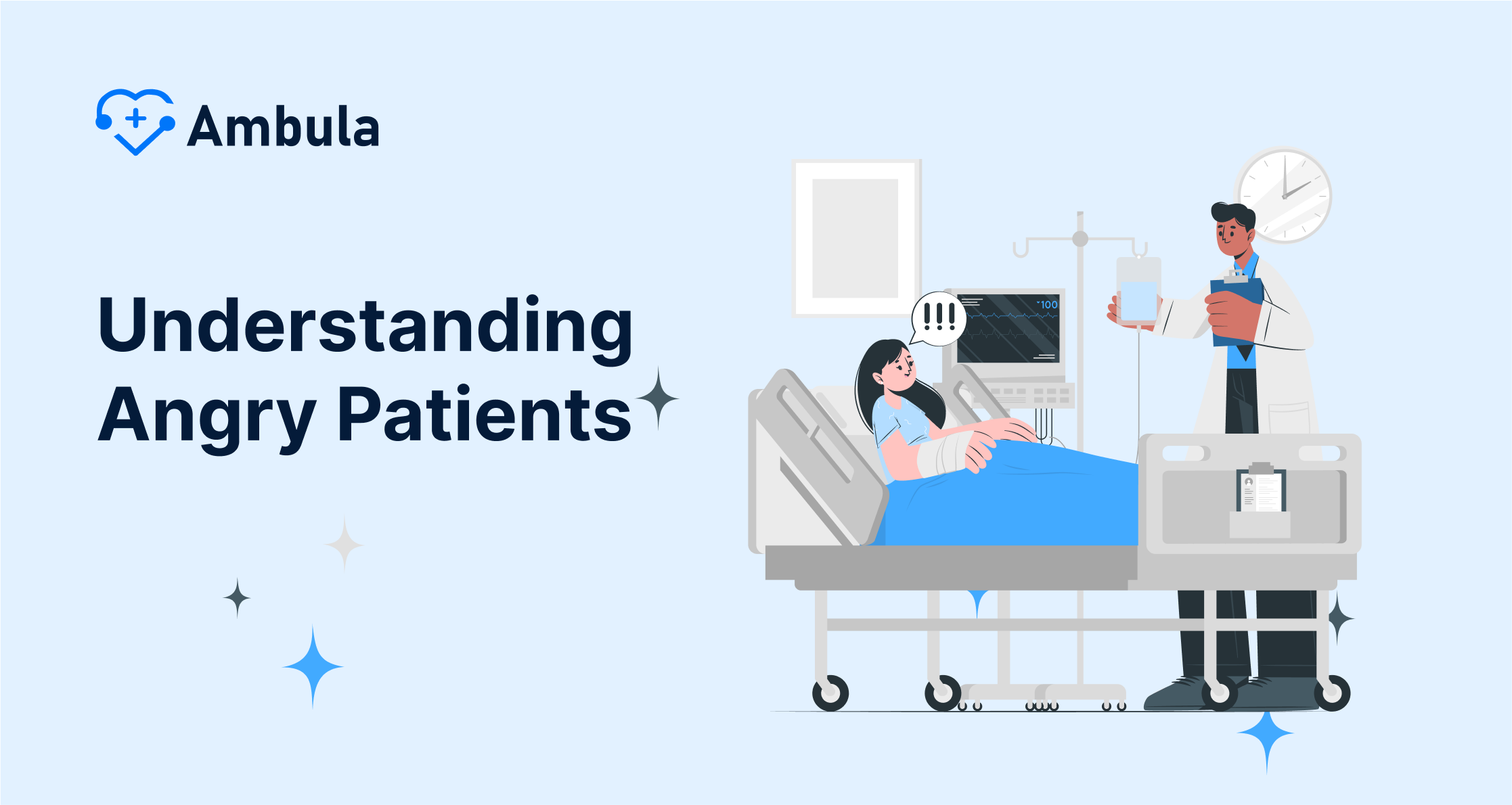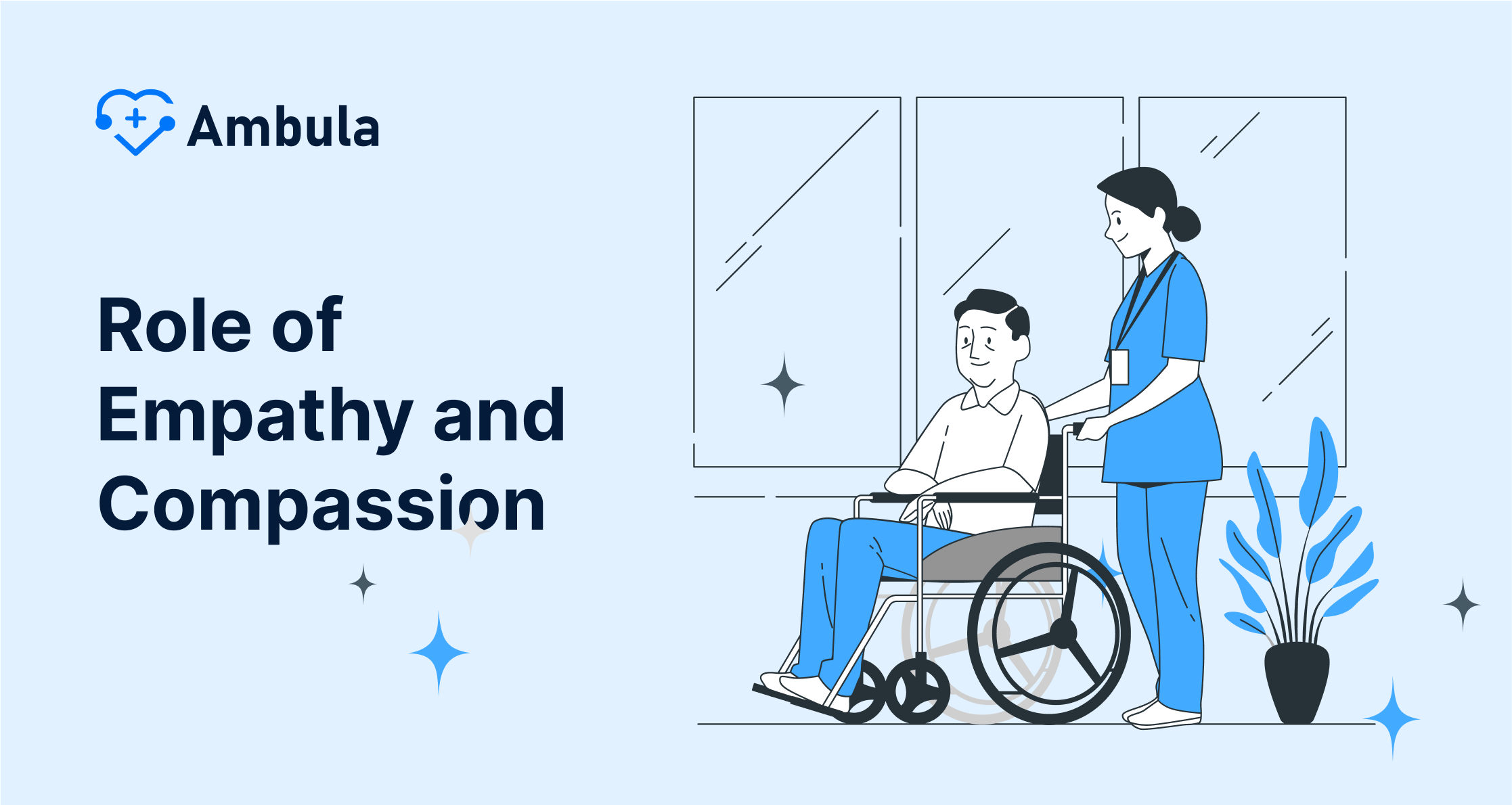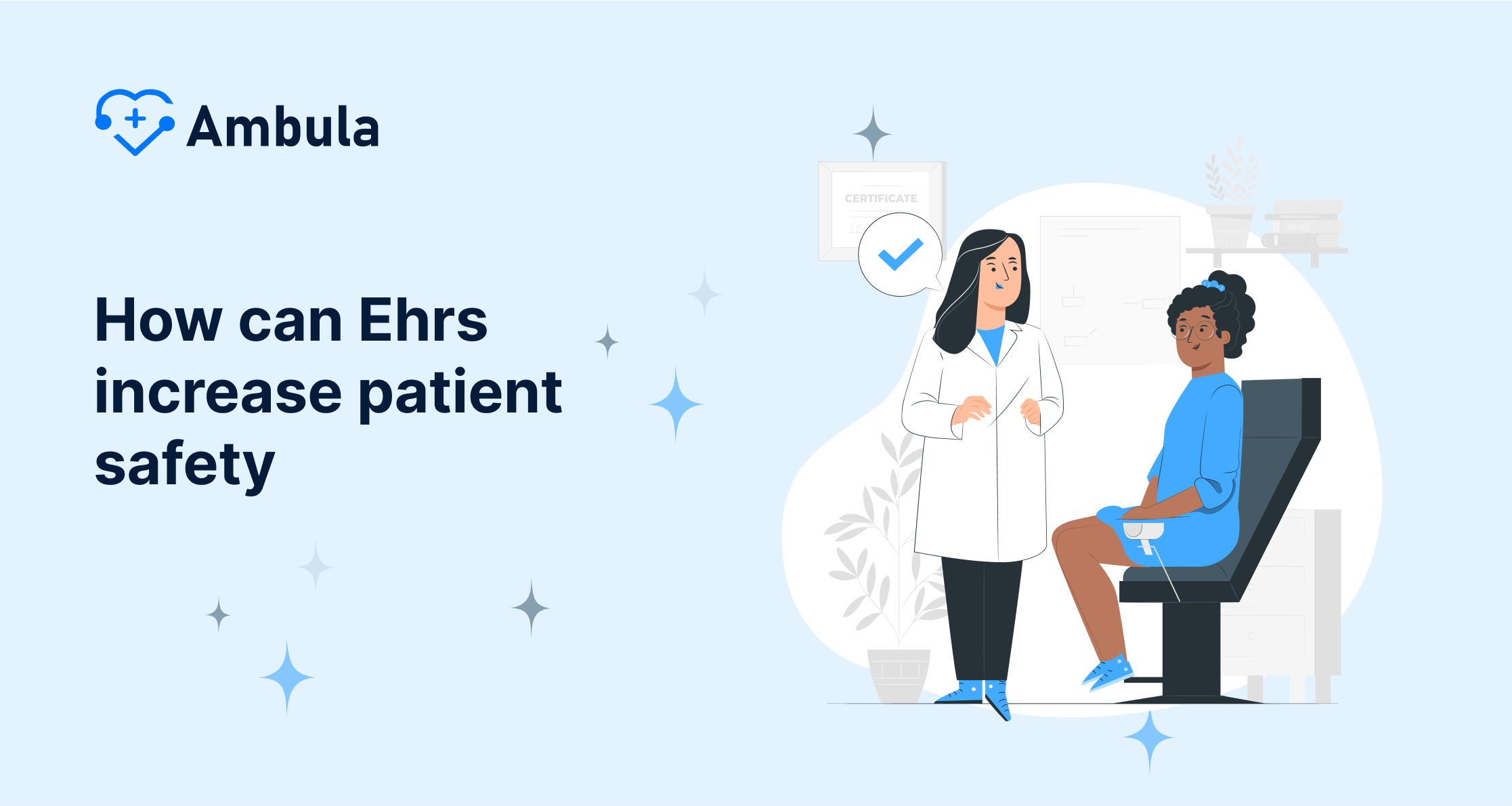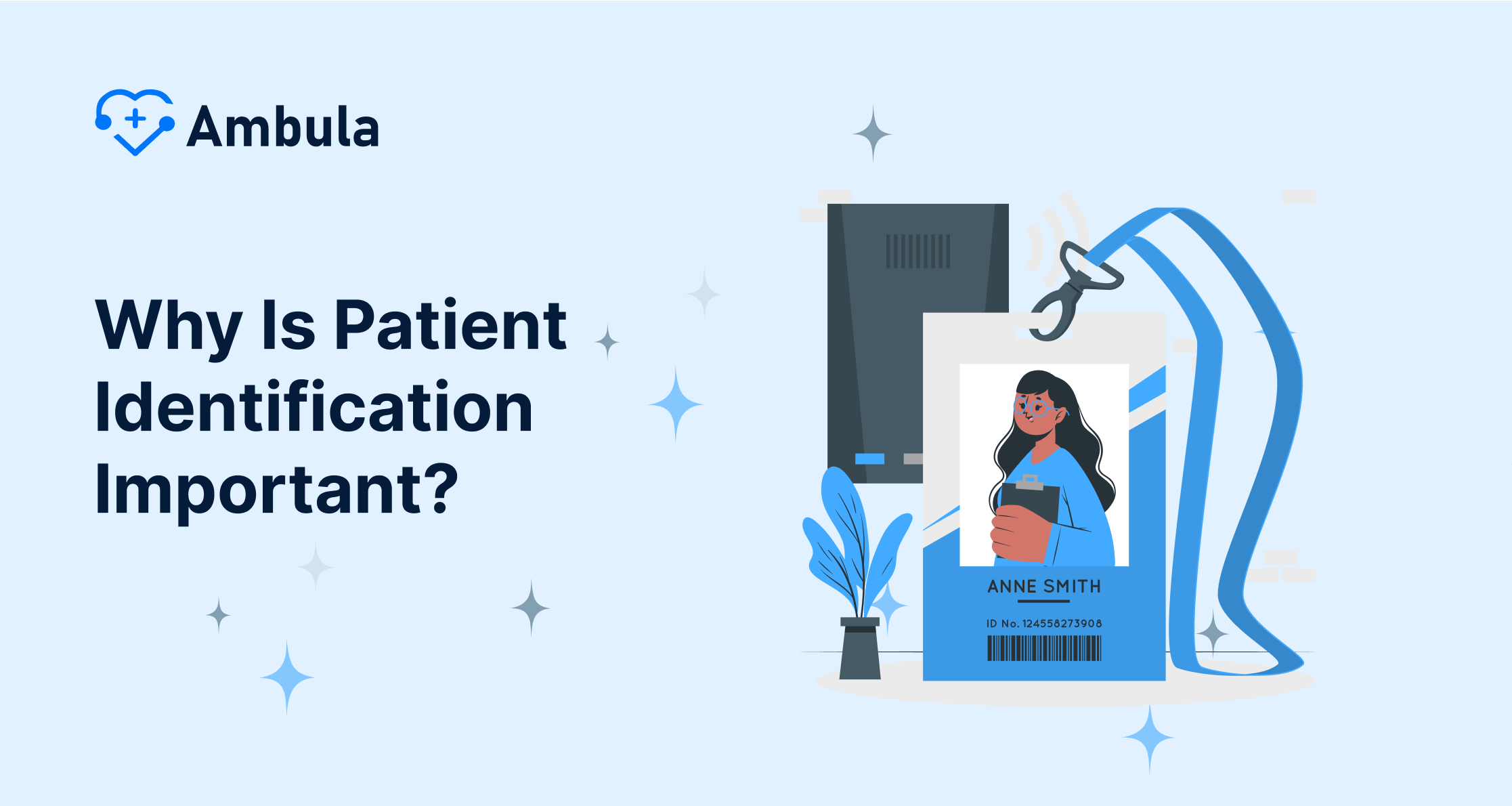
In healthcare, dealing with angry patients is an inescapable reality owing to factors ranging from long waiting hours and confusing processes to medical anxieties. As healthcare providers, it is crucial to diagnose and treat diseases and effectively communicate with patients. Indeed, managing a patient’s anger doesn’t have to be a nerve-wracking ordeal. Communication, understanding, patience, and empathy play significant roles in handling this task efficiently. This post will discuss several strategies to help healthcare professionals communicate better with angry patients, turning their anger and frustration into satisfaction and trust.
This topic is of uttermost importance as communication forms an integral part of healthcare services. Proper communication fosters trust, satisfaction, and adherence to medical advice. Navigating this path can seem challenging, but fear not! We will walk through the entire process in a simple, practical, and digestible way.
In this article, we highlight theoretical approaches and practical examples to assist healthcare professionals in empathetically managing angry patients. So fasten your seatbelts as we embark on this insightful journey.
Understanding Angry Patients
Before jumping into strategies to pacify angry patients, it is important to understand why patients get angry in the first place. The reasons can vary – they might be frightened about a diagnosis, anxious about an upcoming procedure, confused about a medical bill, or frustrated due to a long waiting period. Each patient has their own pain points and unique ways of expressing anger and frustration.
It is worth remembering that an angry patient is not a personal attack but a vocal expression of discomfort, fear, or dissatisfaction. It is also crucial to remember that behind the veil of anger, there may also lie feelings of vulnerability and despair.
Viewing anger from this perspective not only helps in comprehending the root cause but also aids in maintaining a balanced, calm attitude when faced with such situations. This understanding is the foundation upon which effective communication strategies for handling angry patients are built.
The Importance of Active Listening
Active listening is one of the cornerstones of effective communication. It’s about hearing what the patient is saying and understanding and interpreting their words and emotions. This level of engagement shows the patient that their concerns and feelings are important and being considered.
When a patient is angry, their words may come out aggressively, but the underlying message hinges on wanting their feelings and concerns acknowledged. By actively listening, we tell the patient that we care about their worries; we validate their feelings. This action alone can significantly defuse the situation and make the patient more receptive to solutions.
Active listening also allows you to identify the key issues and work through them methodically. You ensure no miscommunication or misunderstanding through clarification, repetition, and paraphrasing the patient’s concerns. Moreover, this process aids in building trust and rapport, ultimately contributing to better patient-practitioner relationships.
Role of Empathy and Compassion
Empathy and compassion are pivotal in patient communication, particularly with angry patients. Being empathetic means understanding the patient’s feelings from their perspective, even if you can’t personally relate to it. This display of understanding is comforting to patients; it makes them feel acknowledged and heard.
On the other hand, compassion goes a step further than empathy. It involves understanding the patient’s feelings and wanting to alleviate their discomfort. Compassion manifests through actions, such as conveying comforting words, showing patience, or proactively finding solutions to a patient’s problem. Displaying empathy and compassion doesn’t mean you must completely agree with the patient’s point of view. But it does mean validating their feelings and supporting them emotionally.
Employing empathy and compassion in patient communication fosters a soothing environment that can quickly alleviate an angry patient. Hence, healthcare providers must consciously integrate these values into everyday communication. Remember, a kind word or a simple act of understanding can go a long way in calming an angry, frustrated patient.
Verbal and Non-verbal Communication
Choosing the right words when dealing with difficult patients can profoundly impact the conversation’s direction. Communicate in a way that is respectful, reassuring, and assertive. Remain composed, take your time to respond, and carefully choose your words to avoid any miscommunication. Speak softly and patiently to calm the angry patient, convey your intentions to help, and politely seek their cooperation.
Equally important as words are non-verbal cues. Observe the patient’s body language as it can provide valuable insight into their emotional state. Also, be mindful of your own body language. Your facial expressions, body posture, and movements can escalate or de-escalate a situation. Stand or sit relaxed, maintain eye contact, nod to show understanding, and avoid crossing your arms or looking away while the patient speaks – these show the person that you are attentive and receptive.
Non-verbal communication can also help in bonding with the patient. A comforting pat on the shoulder or a reassuring touch can help to pacify the angry patient. Realizing the potential of verbal and non-verbal communication in managing difficult situations can certainly make a difference in patient-practitioner interactions.
Tips to Improve Communication Skills
Good communication skills don’t come naturally to everyone, but the good news is they can be learned and improved with conscious effort and practice. Work on clarity; use simple language and avoid medical jargon, as this might confuse the patient. Learn to control your emotions, particularly anger and frustration. Under stress, we tend to react impulsively, which may exacerbate the situation.
You can also practice reflective listening – repeating or paraphrasing the patient’s words to ensure a shared understanding. This reassures patients that their concerns are heard and understood correctly. Apart from reflective listening, I also learned to communicate empathy. Let the patient know that you understand their feelings and concerns, validating their experience.
Keep improving and refining your communication skills. Done right, they can dramatically improve the patient experience and your job satisfaction.
Good Practice: De-escalating Techniques
Tension and anger can escalate quickly; that’s where de-escalation techniques come into play. These techniques are vital for medical practitioners to bring the heightened emotional levels down, ensuring the conversation remains productive. First on the list is staying calm, taking deep breaths, and maintaining your composure even when the patient’s anger intensifies.
Initial responses matter a lot – so acknowledge the patient’s anger and frustration and let them voice out their concerns fully. However, there needs to be a line that should not be crossed. Set clear boundaries about abusive or inappropriate behavior, explaining to them respectfully that disrespectful behavior won’t help arrive at a resolution.
Most importantly, aim for a solution. Ask the patient for feedback or advice on what they think would improve the situation. De-escalation techniques are less about dictating and more about negotiating with an angry patient on equal terms.
Case Study: Success Stories
Illustrating these principles in action, let’s talk about real-life examples where healthcare professionals could pacify angry patients using effective communication strategies. One such incident comes from a nurse working at a well-known facility who had a patient upset over a delay in their procedure.
The patient, already nervous about the impending procedure, was worked up due to the added delay. The nurse, realizing the fear and uncertainty behind the patient’s anger, didn’t react defensively. Instead, she validated his concerns, actively listened to his fears, and responded calmly and reassuringly, acknowledging the situation and explaining the cause for the delay.
In another instance, a doctor in Massachusetts skillfully handled a patient who was angry about a treatment plan. The doctor did not argue or try to silence the patient. Instead, she expressed empathy for the patient’s anxiety, reiterated the need for the treatment, and invited him to discuss his fears and concerns further. These examples serve to demonstrate that the theoretical communication strategies we have discussed can produce real, positive results in healthcare settings.
Importance of Training in Communication and Handling Difficult Situations
Communication is a skill; like any other skill, it can be honed and improved with the right training. Healthcare facilities must make it a priority to train their professionals in handling challenging situations, particularly when it comes to dealing with angry patients. In specialties like psychiatry, where patient concerns are often complex and chronic, having the right tools—such as a psychiatry EHR software—can support better communication, documentation, and patient engagement.
Training programs on this topic can be comprehensive, covering a range of techniques like body language, voice modulation, empathetic responses, and even aspects like cultural sensitivity. With proper and regular training, healthcare professionals can become comfortable and adept in handling situations with unruly or angry patients.
Keep in mind that communication cannot be improved overnight. It requires consistent practice and a strong commitment to positive patient interactions. But the investment is worthwhile, leading to improved patient satisfaction, better staff morale, and a more harmonious healthcare environment.
Conclusion
Tackling the challenge of communicating with angry patients can seem daunting, but you can use time-tested strategies to navigate these challenging situations effectively. Active listening, demonstrating empathy, maintaining effective verbal and non-verbal communication, improving your communication skills, and embracing de-escalation techniques—these are all tools you can employ to turn a potentially volatile situation into a productive conversation.
The understanding of the patient’s emotions paired with effective communication can comfort them and make them feel ‘heard’ while also mitigating their anger. It can drastically enhance the patient’s experience and satisfaction and even positively impact their adherence to treatments.
So, here’s to a future where every patient-practitioner interaction is less hostile and more harmonious. With time, practice, and patience, we can get there.







